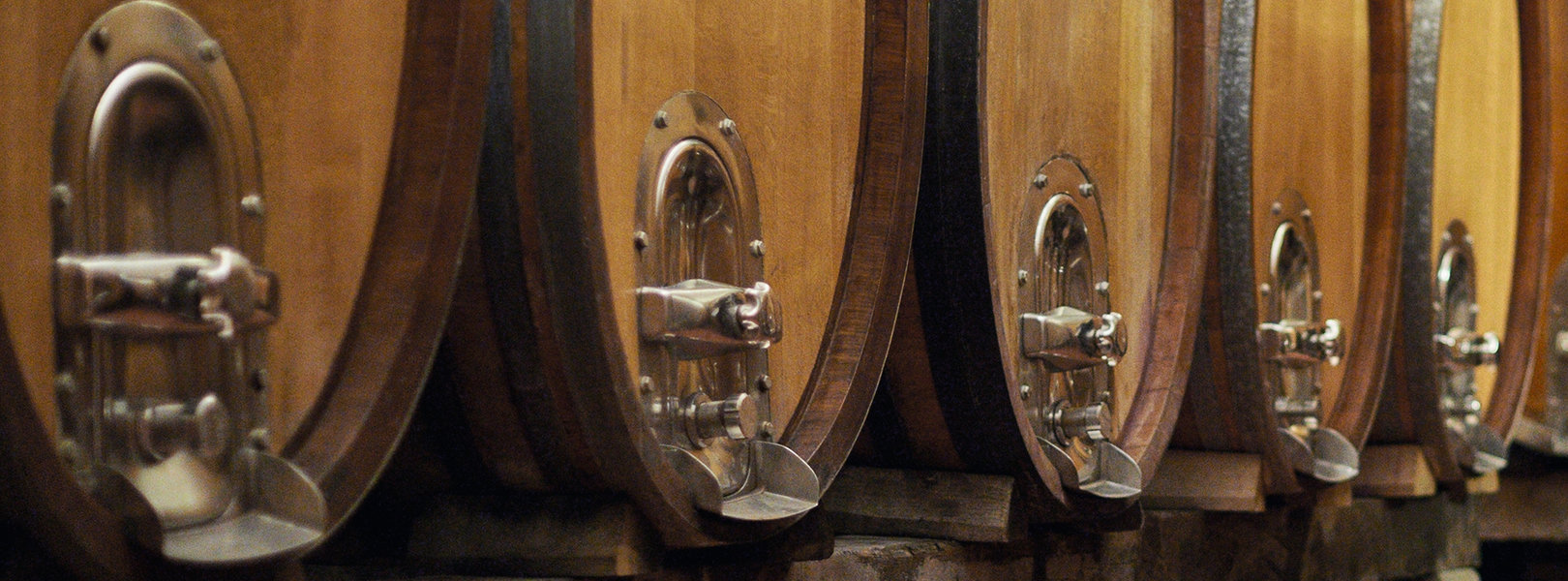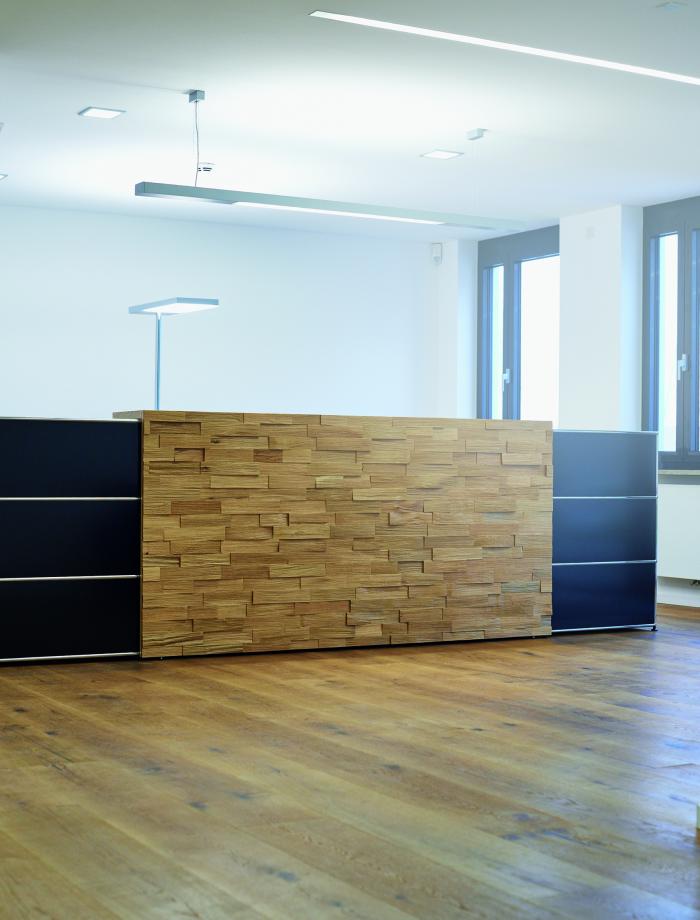Tradition? Is innovation! A visit to the Duke of Württemberg's vineyard.
Case Studies
Visitors who take a walk through the lovingly reconstructed park of Castle Monrepos might think of their dogs, stepmothers, most-recent exam, or maybe also of the delightful flora and fauna surrounding them. Few people will however realise that they are currently taking a walk in the private garden of His Highness Carl Herzog von Württemberg. None of it is public property – everything is privately owned: the castle, the green spaces, the elegant hotel with golf links as well as the estate-owned wine cellar. Nevertheless, visitors are always welcome here. Everything is freely accessible, for everyone.
This is how the royal rulers wanted it 400 years ago
says Duke Michael von Württemberg. And even if all else changed, this remains the same. He is the youngest son of the Royal Family of Württemberg, in charge of the wine cellar of the vineyard since 1995. It was moved from the city centre of Stuttgart to the idyllic park complex in 1981, together with the Imperial Chamber and the Holding of the House of Württemberg. The former regents can look back at an impressive 500 years of wine-growing heritage.

Duke Michael ensures that no dust can settle on this tradition, for the agrarian economist above all constantly questions the quality of the wine, corporate image, and the potential initiatives through which his product can reach even more renown. All the while constantly venturing into new paths, cultivating – aside from the well-known Rieslings – more and more red wines; experimenting with cuvées, sparkling wine, and brandies; promoting the oak-barrel cultivation. “Always stay curious” is the motto of the Duke. The 40 hectares of vineyard acreage make Herzog von Württemberg the largest private vineyard in the cultivation region. The estate stretches from Stetten in the Rems Valley to Maulbronn. All six individual growing areas have their own specific terroir, reflected in the wines. Herzog Michael’s favourite? The Stettener Brotwasser, a Riesling which grows on sheltered sandstone terraces beneath the Y-Burg ruin in the pretty Rems Valley.
It’s named after a 17th-century court lady from Stetten, who had the jug – then commonly used to soften up the dry bread at the dinner table – filed with her favourite wine instead of water. The Duke however also values the reds. They traditionally age in large, oval barrels from Swabian oak wood. The wood mostly comes from the estate-owned ducal Pfalhof forest near Ilsfeld. “The oak trunks are 150 to 200 years old before they are felled, dried for three years, and then processed into barrels”, explains the Duke. The estate-owned wine house of the Schloss Monrepos estate was redesigned four years ago.
In 2014, the offices and meeting rooms were slated for redesign – around 600 sqm divided over two floors. For this, the roof truss of the historic building was extended. A quick look into the newly designed administrative rooms shows the Duke’s loyalty to oak. Solid oak floorboards extend throughout the ground floor. Barbara Benz and her team picked up on the motif once more, having a long counter of cleaved oak produced, surrounding the black system furniture of USM. Duke Michael’s workspace is located right next to it. He wished for a large worktable which also offers ample space for guests. Today he happily holds court on his five-meter long walnut worktable by Riva 1920. “I love it”, the Duke glowingly states.
For the further furnishing, the architare team fell back on the timeless: classics such as the FK shell chair, leather sofas and side tables by Walter Knoll, complemented by flexible system furniture by USM, and standing lamps by Nimbus. “Simplicity, concentration, and innovation”, the Duke desired of his new ambience. Does he know that Wilhelm Knoll, founder of the established leather furniture company, was already the purveyor to the Württemberg King in 1900? Doesn’t really matter. The choice for Walter Knoll seating furniture was above all one thing – befitting the estate’s status.

Photos: © Tom Ziora









